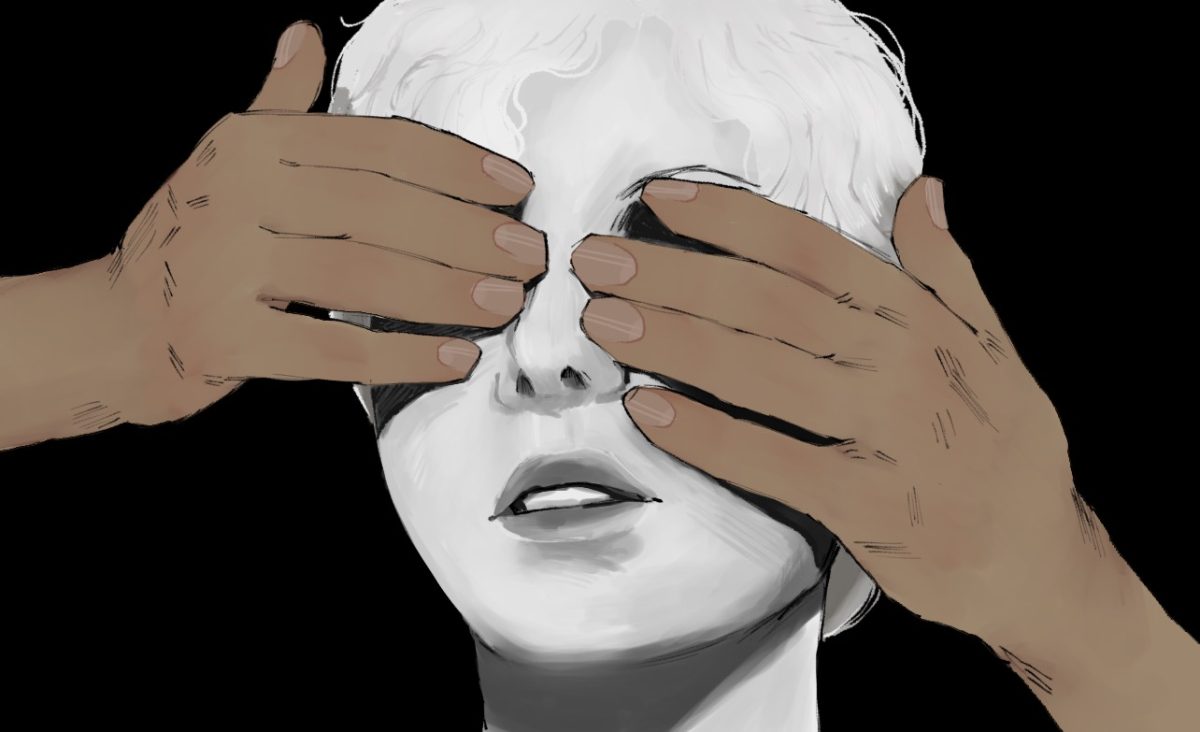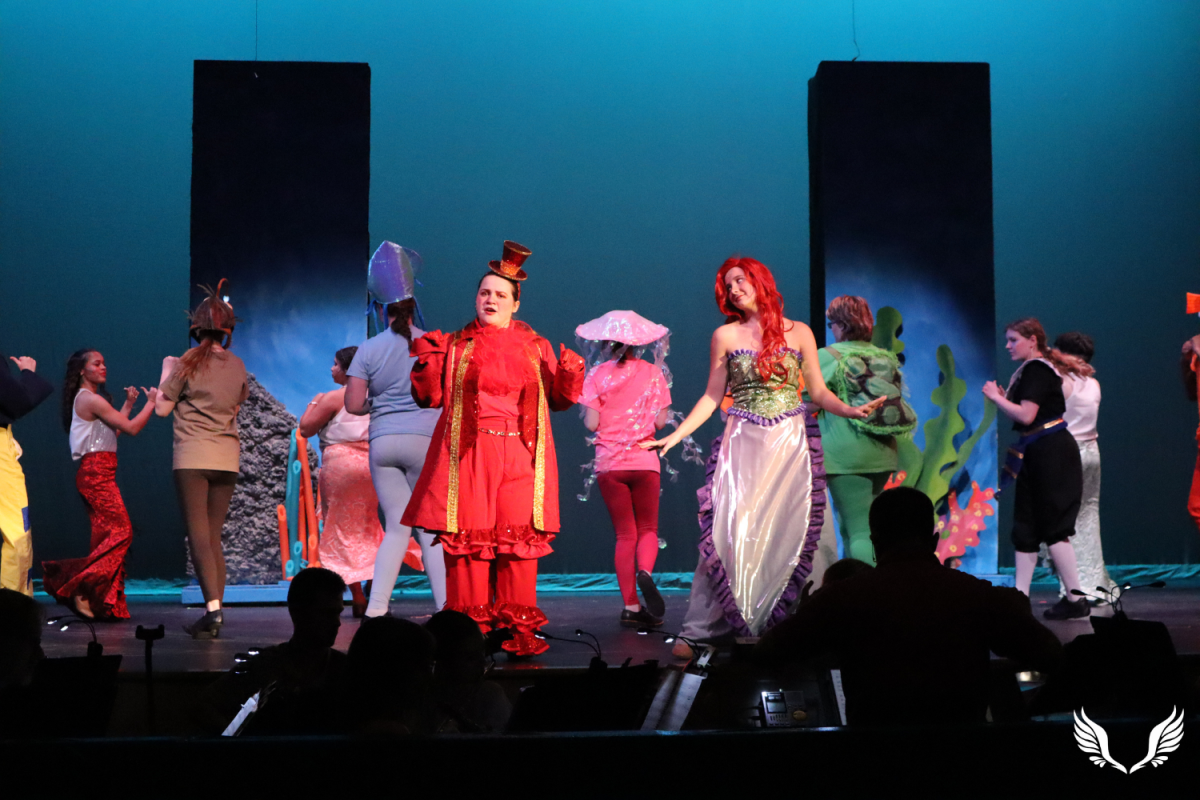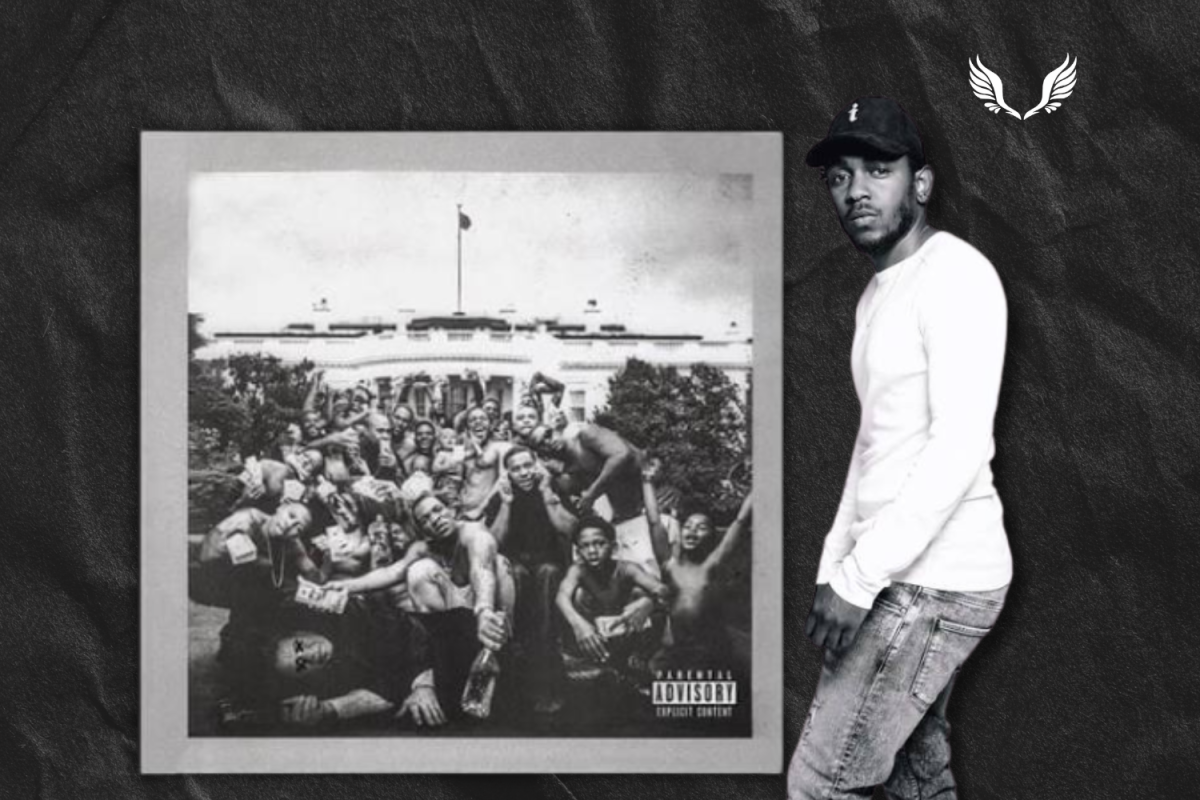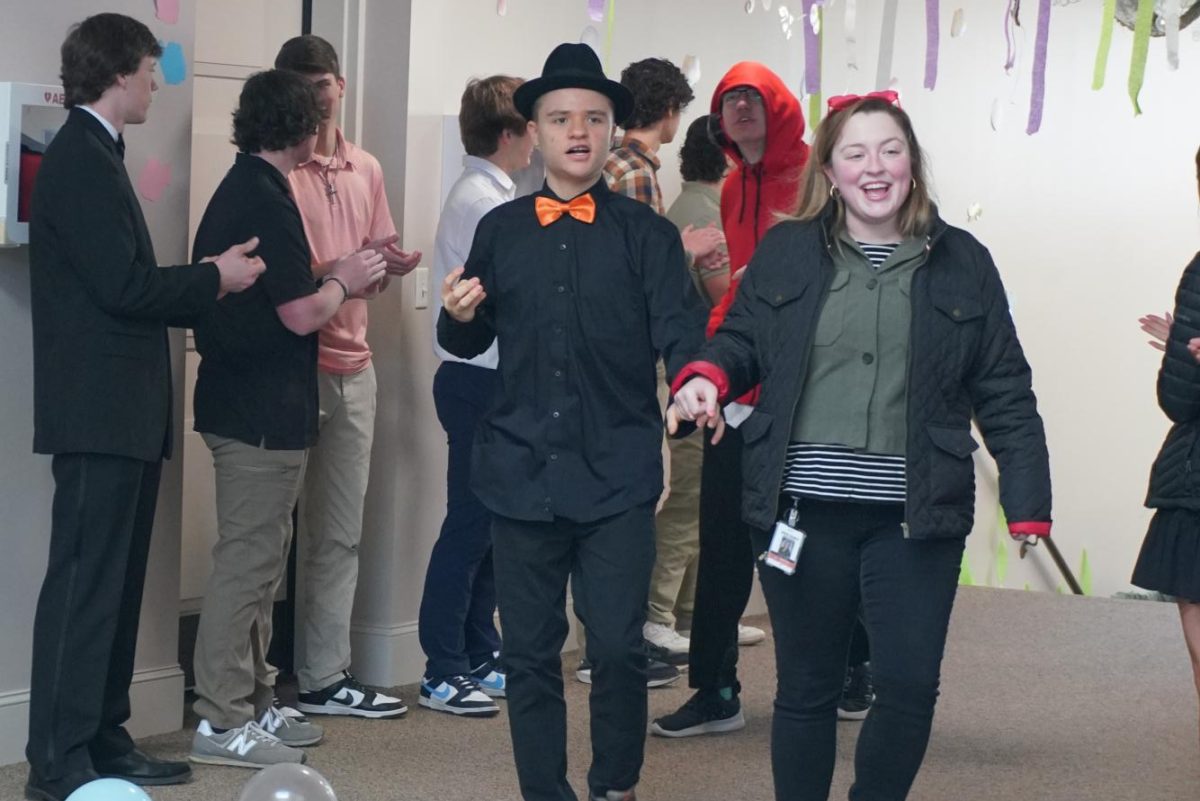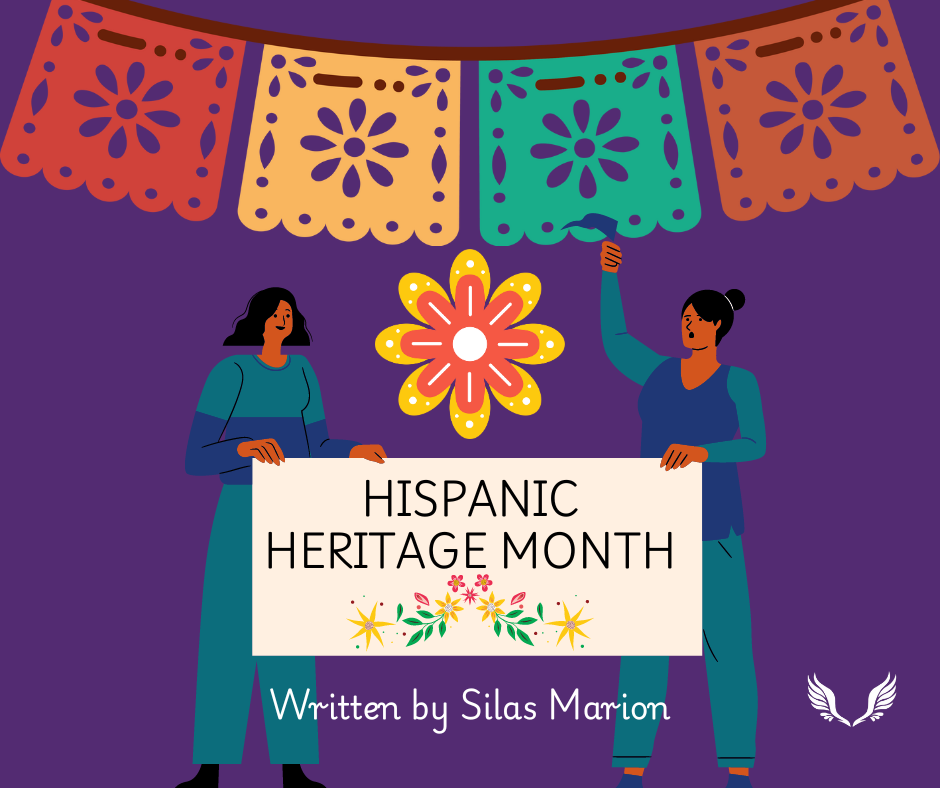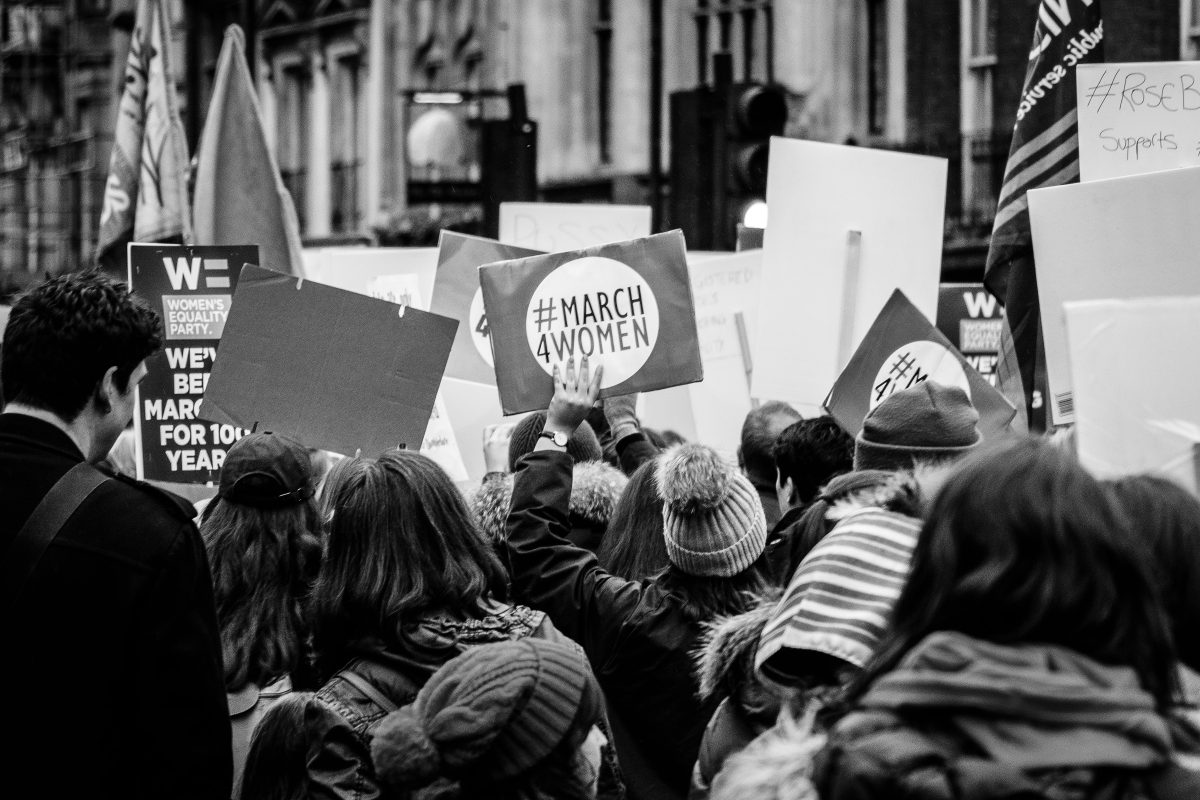Women’s History Month is a month dedicated to learning, educating, and remembering the contributions of women throughout the United States’ history. The actual celebration and establishment of Women’s History month stem from a weeklong celebration of this history and culture that was organized by the school district in Sonoma, California in 1978. A few years later, in 1980, President Jimmy Carter declared the week of March 8th Women’s History Week. In 1987, the National Women’s History Project petitioned Congress to extend it through March.
International Women’s Day, which was first celebrated on March 8th of 1911, has been sponsored by the United Nations since 1975 and is often celebrated with demonstrations, parades, and educational programs. On International Women’s Day and throughout March, we celebrate all women across the country and the globe. This includes women of color, indigenous women, queer and transgender women, disabled women, low and working-class women, etcetera. It is important to include these monumental female figures when discussing feminism and women’s rights because much would not have been accomplished for women without them.
Some of these historical female figures include:
Olympe de Gouges
Born on May 7th, 1748, Olympe de Gouges was a French playwright who wrote and staged plays that covered social issues at the time that ranged from abolitionism, divorce, and the rights of orphans as well as “unmarried individuals.” She is most known for her pamphlet Declaration of the Rights of Woman and of the [Female] Citizen, which she wrote in 1791 after the first French Revolution began. This later inspired Mary Wollstonecraft’s A Vindication of the Rights of Woman, which was written in 1792. She was executed by guillotine during the Reign of Terror in 1793.
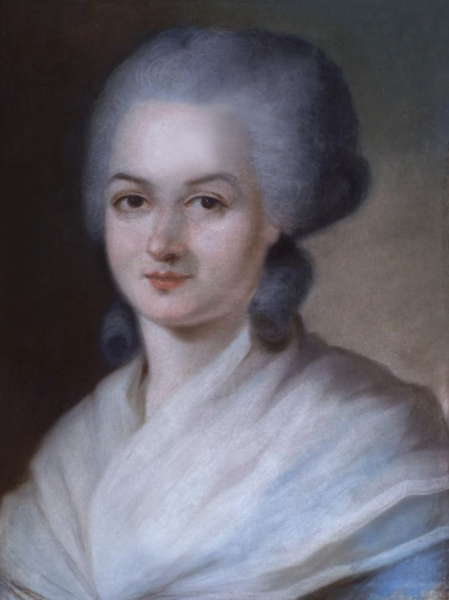
Marsha P. Johnson
Born August 24, 1945, Marsha “Pay it no mind” Johnson was a black transgender woman who was an avid activist for queer youth and queer rights in New York. Most notably, she was present at the historical 1969 Stonewall Riots. Marsha and a friend, Sylvia Rivera, co-founded a program called Street Transvestite Action Revolutionaries (S.T.A.R.) in the early 1970s. Marsha was tragically found dead after a New York Pride Parade in 1992, and her death was ruled a suicide. Despite a short end to her life, Marsha’s legacy lives on through her foundation and the generations of queer youth who came after her.
Lyudmila Pavlichenko
Born in 1916 in a village in Ukraine, Pavlichenko was an extremely skilled sharpshooter for the USSR. She has 309 confirmed kills from World War II, and is nicknamed “Lady Death.” When she was 25, Lyudmila had hoped to join the Soviet Red Army’s 25th Rifle Division. However, due to her gender, she was expected to hold a supporting status instead of a direct combat one. She was eventually able to prove herself capable and fought against the Germans until 1942 when a piece of shrapnel gouged her face and she was forced to cease combat. Lyudmila became a propaganda symbol and traveled to the United States where she became good friends with First Lady Eleanor Roosevelt. She died in Moscow in 1974, at age 58. She was a hero to the Soviet Union and was honored as such.
Patsy Mink
Born December 6, 1927, in Paia, Hawaii, Patsy Mink was the first woman of color to be elected to the U.S. House of Representatives, and the first Asian-American woman to serve in Congress. She was also the first Asian-American woman to run for president, which she did in 1972 for the Democratic party. During her time in Congress, Patsy helped to write gender equality bills such as Title IX, the Early Childhood Education Act, and the Women’s Educational Equity Act. After her death from pneumonia in 2002, the Title IX law was renamed the Patsy T. Mink Equal Opportunity in Education Act in her honor.
Jennifer Keelan
Born May 9, 1981, and diagnosed with cerebral palsy at age two, Jennifer Keelan-Chaffins has been an activist for disability rights since she was seven years old. When she was eight years old, Jennifer participated in a demonstration in Washington, D.C. that was later dubbed the Capitol Crawl. It was a protest for disability rights and took place on March 12, 1990.
The Crawl consisted of protestors who left their walking aids to crawl up the Capitol steps to demonstrate the lack of disabled access to public buildings and to show support of the Americans with Disabilities Act of 1990.




















